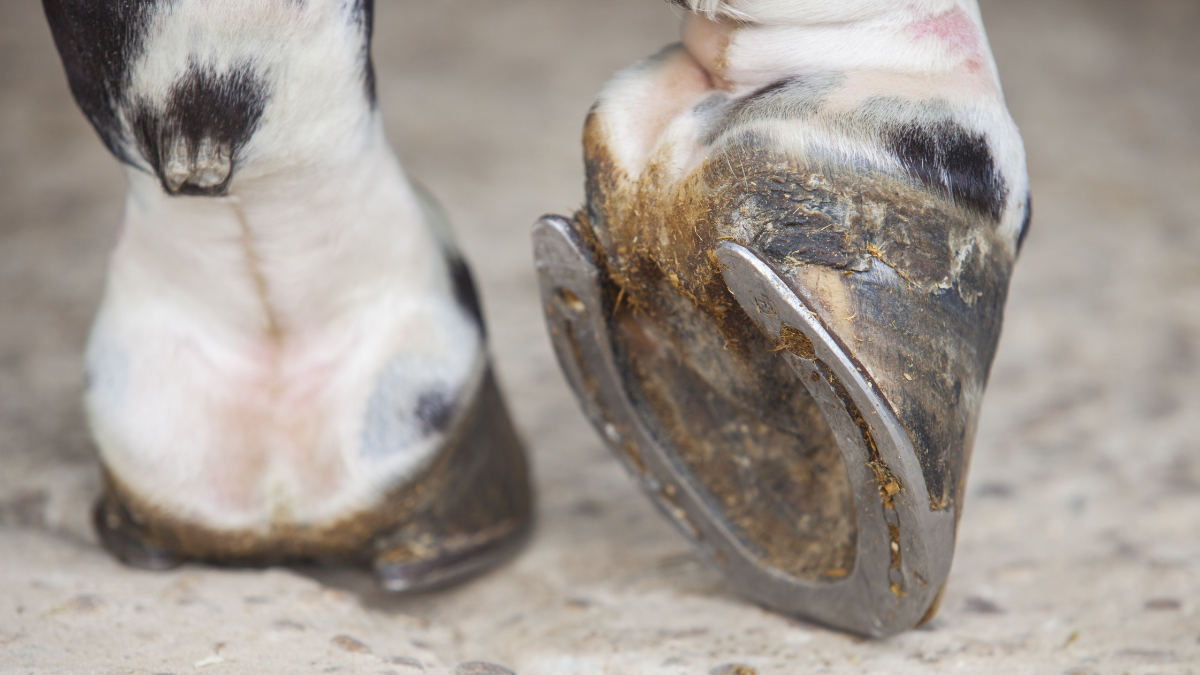Does your soil need a checkup? 3 characteristics of healthy soils
The building blocks of plant health and yield don’t start at the ground level; they actually begin underground, in the very material that ends up becoming soil. All healthy soils have three essential components: optimal nutrient availability; good biodiversity; and a balanced structure, with higher levels of organic content.
Plentiful and available nutrients
Healthy soils have a plentiful supply of minerals and other essential nutrients, as well as a balanced pH, making them readily available for uptake by the plant and offsetting mineral depletion by returning minerals to the soil though fertilization and decomposition. Factors like temperature and pH can greatly vary and reduce nutrient availability. In highly acidic soils, for example, phosphorus and calcium availability is poor, while nutrients like iron and copper are less available in soils with high alkaline levels.
Maintaining biodiversity and building a strong biome
High-performing soils have a vibrant population of insects, worms and microbes. A strong microbiome is a miniature environment that harbors little to no pathogens and, instead, is rich in beneficial organisms that promote root and plant growth. Certain crop practices — such as heavy tilling, depending on soil needs — can have a harmful effect on soil biodiversity, resulting in the loss of these organisms and their myriad benefits and potentially allowing pathogens to get a foothold.
Balanced soil profile
Balanced, silty soils with high organic content combine good aeration with excellent nutrient and water retention, requiring fewer costly inputs. Sandy soils may be well-aerated but can find it more difficult to retain water or nutrients. Clay soils, on the other hand, may be able to store more water and nutrients but are poorly aerated. Generally, a low organic content means that the soil is, overall, less fertile.
Healthy soils are beneficial to growers and lead to more efficiently grown crops. During the growing season, plants are susceptible to disease pressure and encounter various environmental stressors, such as heat, frost and drought — all of which could reduce plant potential and yield. Healthy soils, however, can minimize the effects of these stresses and mitigate potential stress-induced losses. These well-balanced soils are rich in organic matter and can provide much of the nutrition the plant needs, limiting inputs and their associated costs while increasing sustainability and profitability for the grower.
Healthy soils are more environmentally sustainable, and they also represent a valuable revenue-generating asset — not only for current growers, but also for their successors.
If your soil isn’t meeting this criteria for optimization, learn more about improving your soil health at www.alltech.com/crop-science.
I want to learn more about improving my crops and soil health.
- Read more about Does your soil need a checkup? 3 characteristics of healthy soils
- Log in to post comments

<script charset="utf-8" type="text/javascript" src="//js.hsforms.net/forms/v2-legacy.js"></script>
<![endif]--><script charset="utf-8" type="text/javascript" src="//js.hsforms.net/forms/v2.js"></script><script>
hbspt.forms.create({
portalId: '745395',
formId: 'd2b1a74a-d16c-4ea9-b2fd-b17b4c1cfc91'
});
</script>
How healthy is your soil? Learn how to give your soil a check-up by observing these three characteristics.





















